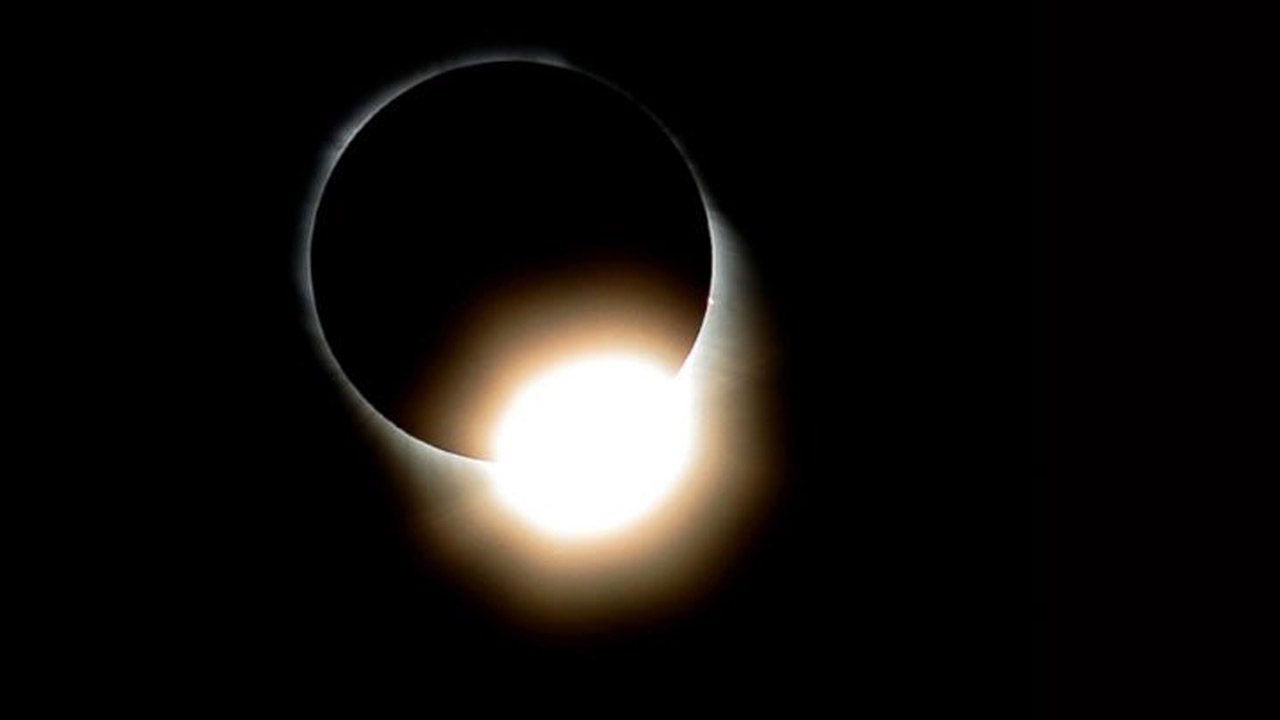In this phenomenon of the solar eclipse, the moon moves between the earth and the sun and when this happens the part of the sun’s light is blocked. Then the sky slowly gets dark as the moon moves in front of the sun. When the moon and the sun are in a perfect line then it is called a total eclipse. It is rare as most people can only see it once in their lifetime.
The moon casts two shadows towards earth during a solar eclipse. One shadow is called the umbra which becomes smaller as it reaches the earth and the second shadow is called the penumbra which becomes larger as it reaches the earth.
The complete blocking out of the sun’s light can be seen from the area on the earth’s surface that enters the moon’s umbra which is the smaller shadow.
People viewing the eclipse from the area of the Earth’s surface that enters the penumbra which is the larger shadow will see only a partial blocking of the sun.
A total solar eclipse occurs when the moon is between the sun and the earth so that the visible disk of the sun is covered by the moon. This means that a total solar eclipse occurs when the sun, moon and the earth are in a straight line and in such a way that the moon blocks the sun rays from reaching the earth.
Many people who wish to observe this natural phenomenon consider to travel to remote locations.
Also viewing the sun during partial and annual eclipses requires special eye protection or indirect viewing methods.
Total Solar Eclipse 2019: Here’s all you need to know about Surya Grahan

















